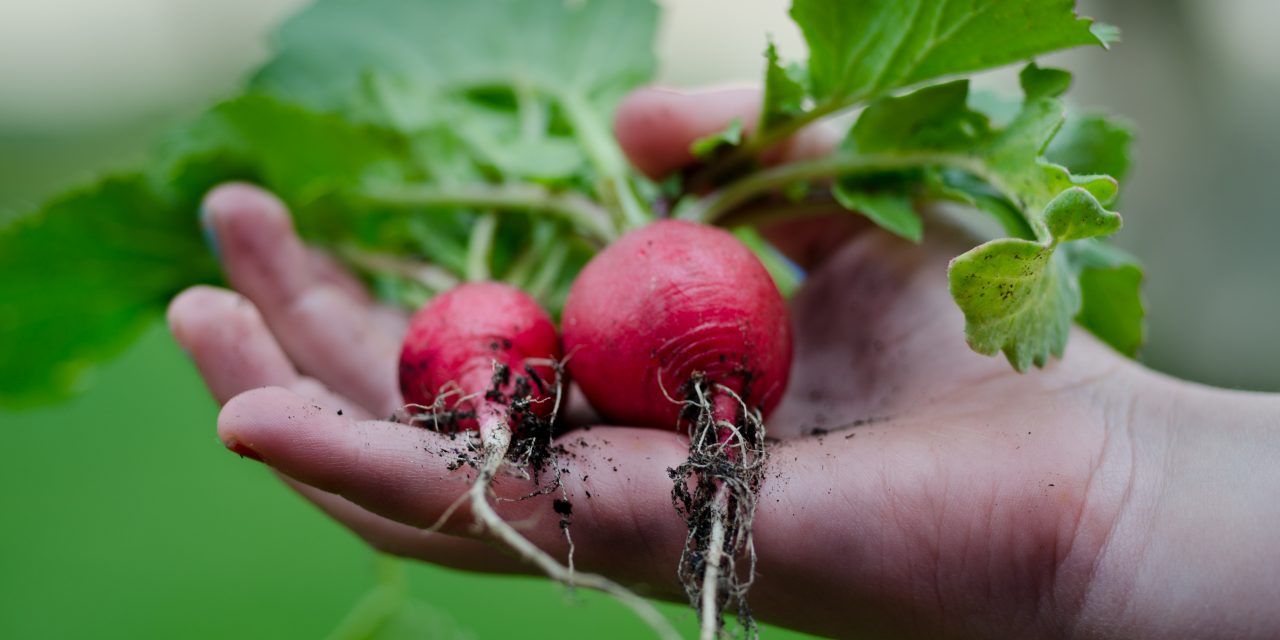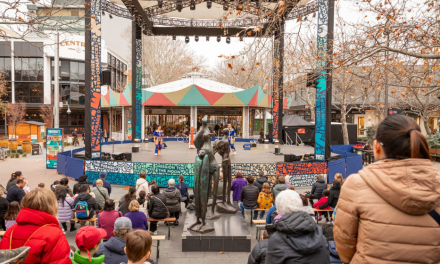Canberra’s newest suburbs are full of modern houses and high-rise apartments, with courtyards completely made of cold, lifeless concrete. Perhaps, if lucky, some have a sprinkle of sand or a square metre or so of artificial grass.
But with the growth of urban development is the demand of luscious green spaces, backyards and gardens – you know the ones we all grew up loving that whisk us back to our childhoods.
Although nowadays it’s at the top of many home buyers’ lists to find a dream home that also offers greenery, realistically that’s just not possible in some areas. Luckily for Canberra, our city offers a myriad of community gardens for nearby residents and businesses, or just curious passers-by after a garnish for their dinner plate.
Community gardens complement the liveability of modern cities and the government encourages developers to make room for community gardens as part of the planning for newly developing suburbs such as in Gungahlin and the Molonglo Valley.
Currently there are 12 operating community gardens throughout the ACT run by the Canberra Organic Growers Society, including in Charnwood, Cook, Cotter, Dickson, Erindale, Holder, Kaleen, Kambah, Mitchell, Oaks Estate and O’Connor.
For a small fee, you can apply for a plot to grow your own fruit and vegetables for home consumption and to exchange tips and extra produce with fellow gardeners.
Unlike Floriade, these gardens operate every day of the year and many people come in almost every day to garden, especially in the warmer months. Impressive? Sure, but what really is special about these gardens is that each has its own character and all use organic methods; no manufactured fertilisers, pesticides or herbicides.
I had the pleasure of getting a private tour of one of the biggest gardens, Charnwood Community Garden. Not far from the hustle and bustle of the city, here I found a group of people that may not have the best green thumb or even be motivated by environmental concern, but are unintentionally contributing to the environment in a different sort of way.
Don’t be fooled, it’s not like any ordinary garden you have seen before, and as I walked around talking to each of the gardeners I found that they too, just like each garden, all had their own unique stories. I wondered, what inspired them to become involved? What was the meaning behind each plant they chose to put in the ground?
Well, one local brings his daughter, he does all the hard work while she prefers to sit, read and watch. One lady grows her own pea plants because they are her favourite to eat, while another gardener has a row of jasmine and apple trees because she likes the way they smell together when the wind blows.
Closer to the CBD, NewActon’s tallest building soars at 60 metres above the ground but this vertical village is no concrete jungle. The precinct’s pockets of greenery rival the traditional suburban backyard and provide its residents with an inner-city oasis and, in some cases, a handy alternative to the grocery store.
A stroll through the NewActon precinct uncovers three community gardens; one at Mocan & Green Grout, another at A.Baker and the John Avery Gardens which sits between the two. The eateries not only grow their own produce, but they’re more than happy for the residents to help themselves to fresh herbs and salad greens.
Mocan & Green Grout’s shopfront is home to lush leafy greens – a selection of classic herbs through to unusual lettuce varieties. Colourful veggie beds emblazon the entrance to A. Baker and when you dine here you know the produce on your plate is as fresh as it can be.
The A. Baker garden specialises in smaller decorative garnishes, while the John Avery Gardens is a community garden created specifically for its residents who have been treated to strawberries, cherry tomatoes and a very successful crop of broccoli.
As the sun was setting and the chill of the wind started to crawl in, one by one, I saw the gardeners patting down their last plant, packing up their tools and calling it a day.
The smell of fresh soil lingered, but only for little while as I realised that for many of the gardeners being part of a community garden gives more back to them than they could ever put in.






